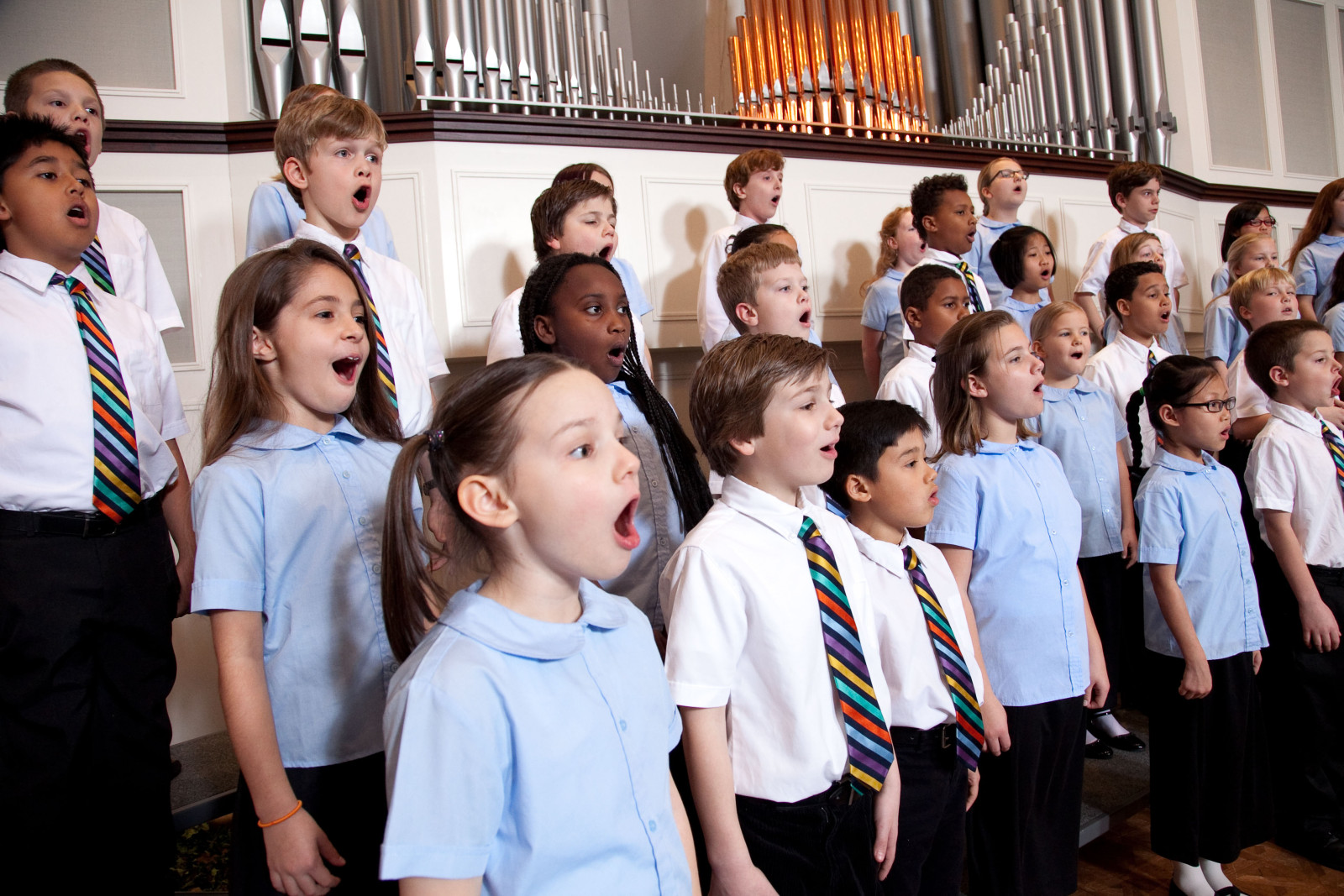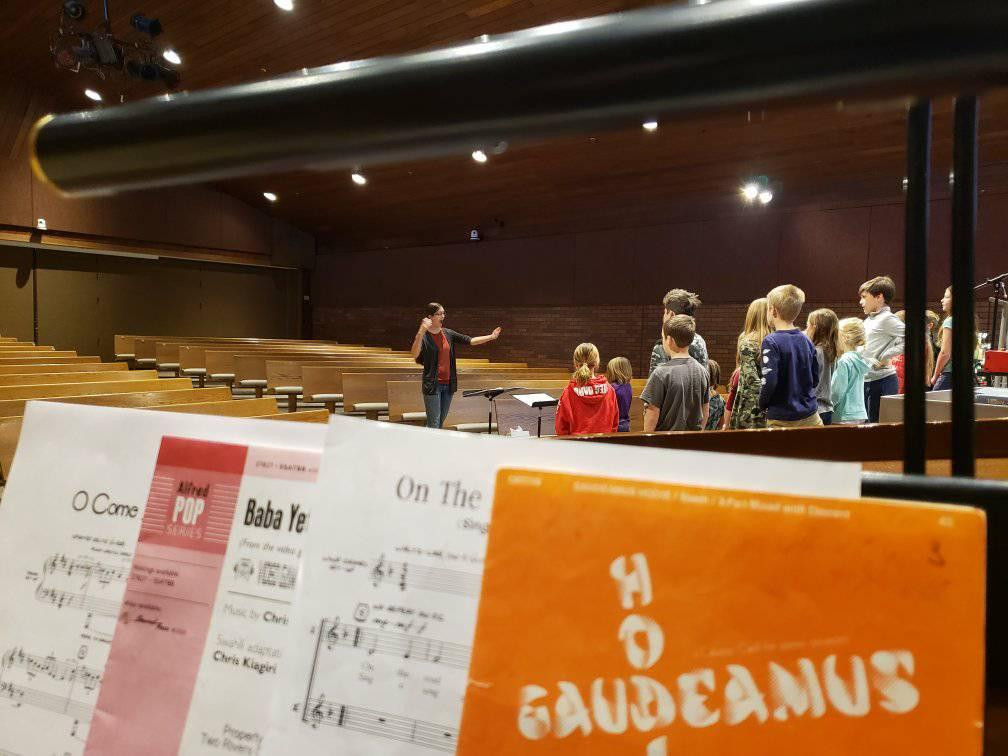
1. Define Your Vision
Purpose of the Choir
- Will the choir perform during regular Sunday services, special events, or both?
- What age group(s) will you include? Will you focus on elementary school children, preschool children, and/or will you extend the range to include middle schoolers?
- What style of music will you focus on? Will you stick to traditional hymns, incorporate contemporary Christian music, focus on choral sacred music, or aim for a blend of styles?
Goals
- Musical development: Improving pitch, rhythm, and harmony skills.
- Spiritual growth: Deepening understanding of worship and worship leading through music.
- Community building: Fostering teamwork and friendships among choir members.
- Church involvement: Increasing children's participation in church.
2. Gather Support
Church Leadership
- The benefits of a children's choir for the church community.
- Resource requirements (space, budget, equipment).
- How the choir can enhance worship services and special events.
Volunteers & Staff
- Music teachers from your congregation or community.
- Parents with musical backgrounds or experience.
- Older youth who can serve as mentors to younger children.
- A pianist in the congregation.
- Choir director.
- Assistant director.
- Accompanist/Collaborative pianist.
- Music librarian.
- Parent coordinator/communication liaison.
3. Logistics and Planning
Age Groups
- A single choir for all children (e.g., ages 8-14).
- Multiple choirs based on age groups (e.g., 7-10 and 11-14).
- Choirs based on skill level rather than age.
Rehearsal Schedule
- Choose a day and time that works for most families (e.g., Sunday afternoons or Wednesday evenings).
- Determine the duration of rehearsals (30-60 minutes is usually ideal for children, no longer depending on age).
- Decide on the frequency (weekly rehearsals are common, but bi-weekly might work better for some churches -- consider how long a semester is as well as how a child gains missed info if they miss a rehearsal when deciding this).
- Plan for additional rehearsals/run-throughs before major performances.
Location
- A church classroom with good acoustics.
- The main sanctuary (if available and appropriate).
- A fellowship hall or multi-purpose room.
4. Choose Repertoire
Selecting Music
- Choose age-appropriate songs that challenge but don't overwhelm your choir. Go for quick success at the beginning with unison works!
- Include a mix of traditional hymns and contemporary songs to appeal to both children and the congregation.
- Consider the themes of upcoming services or events to align your repertoire.
- Look for songs with educational value (e.g., teaching biblical stories or concepts).
- Appropriate Range for Children's Voices: Ensure that selected pieces fall within an appropriate vocal range for children. Typically, this means avoiding low notes that may strain their voices while focusing on melodies that allow them to sing comfortably in their natural range.
If you need assistance with this step, don't hesitate to reach out! I love helping new directors program repertoire for their choirs!
Teaching Methods
- Use call-and-response techniques, especially for younger children.
- Provide visual aids like sheet music or lyric sheets for those who can read.
- Incorporate movement or hand motions to make learning more engaging and memorable.
- Use recordings or videos to help children practice at home.

The Importance of Warming Up
Protecting Vocal Health
Enhancing Vocal Performance
Building Vocal Awareness
Benefits of Warming Up
Improved Breath Control
Increased Range and Flexibility
Confidence
Practical Tips for Parents
Create a Routine
Use Fun Exercises
Model Good Habits
Seek Professional Guidance

Why is Warming Up Your Voice Important?
- Protect Your Voice: Warming up helps prevent strain on your vocal cords, keeping your voice healthy and strong.
- Improve Your Singing: A good warm-up routine can help you hit higher notes, sing with more power, and improve your overall sound quality.
- Boost Your Confidence: When your voice is warmed up, you'll feel more comfortable and confident while singing.
- Enhance Your Vocal Range: Regular warm-ups can help expand your vocal range over time.
- Prepare for Performance: Warming up gets your voice ready for singing, just like stretching prepares athletes for sports.
6 Vocal Warm-Up Exercises for Kids
1. Full Body Stretch
2. Big Yawn
3. Siren Sounds
4. Lip Trills
5. Solfege Scale
6. Chocolate Cookie Warm-Up
Chocolate Cookie, Chocolate Cookie, Chocolate Cookie, yum yum yum!
An OREO! A chocolate oreo!
I love the creamy filling of my chocolate oreo!
Tips for Effective Vocal Warm-Ups
- Start with gentle exercises and gradually increase intensity.
- Drink water before and during your warm-up to keep your vocal cords hydrated.
- Listen to your body – if something feels uncomfortable, stop and try a different exercise.
- Be consistent – try to warm up every day, even if it's just for a few minutes.
- Have fun! The more you enjoy your warm-ups, the more likely you are to do them regularly.










